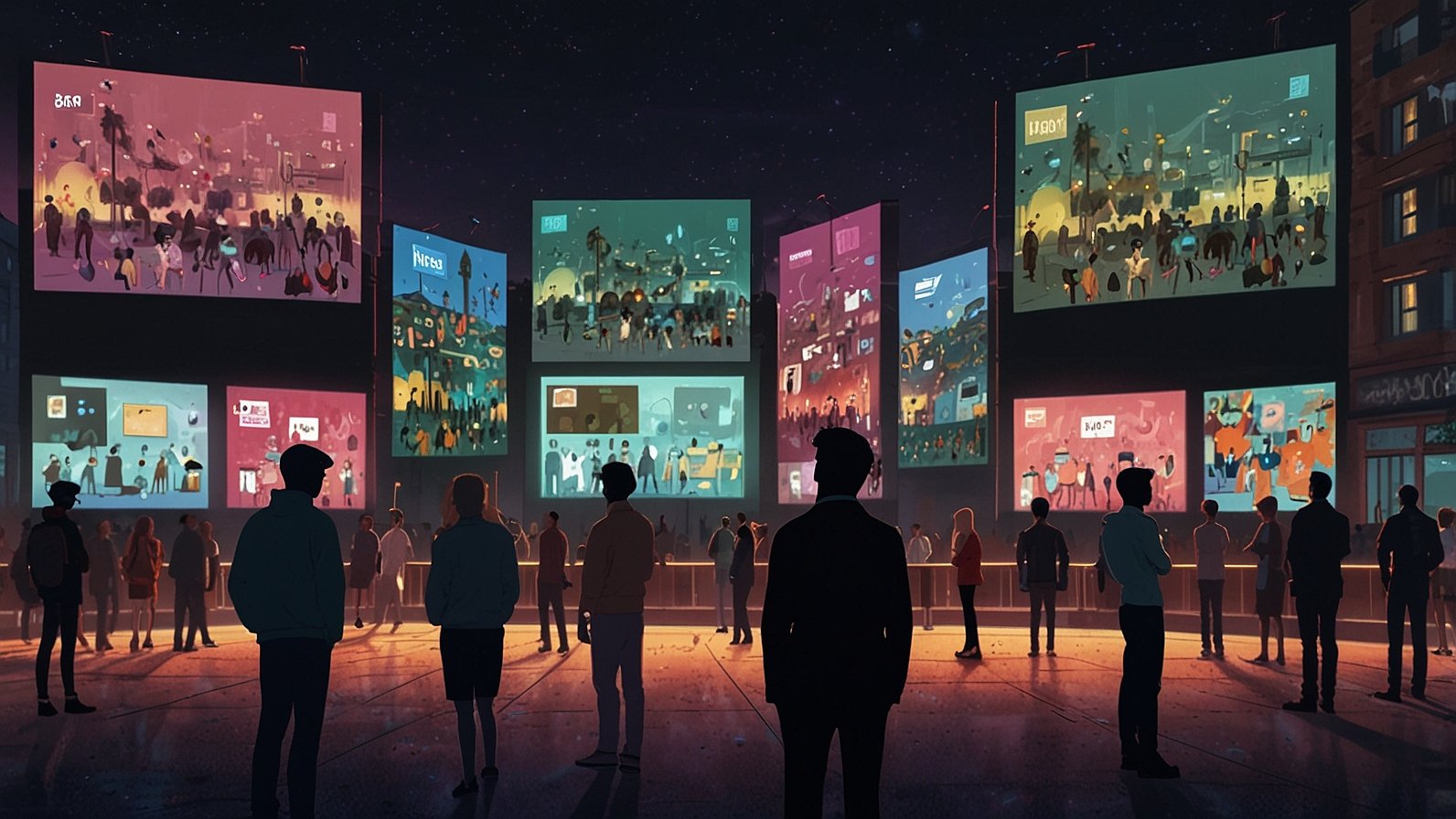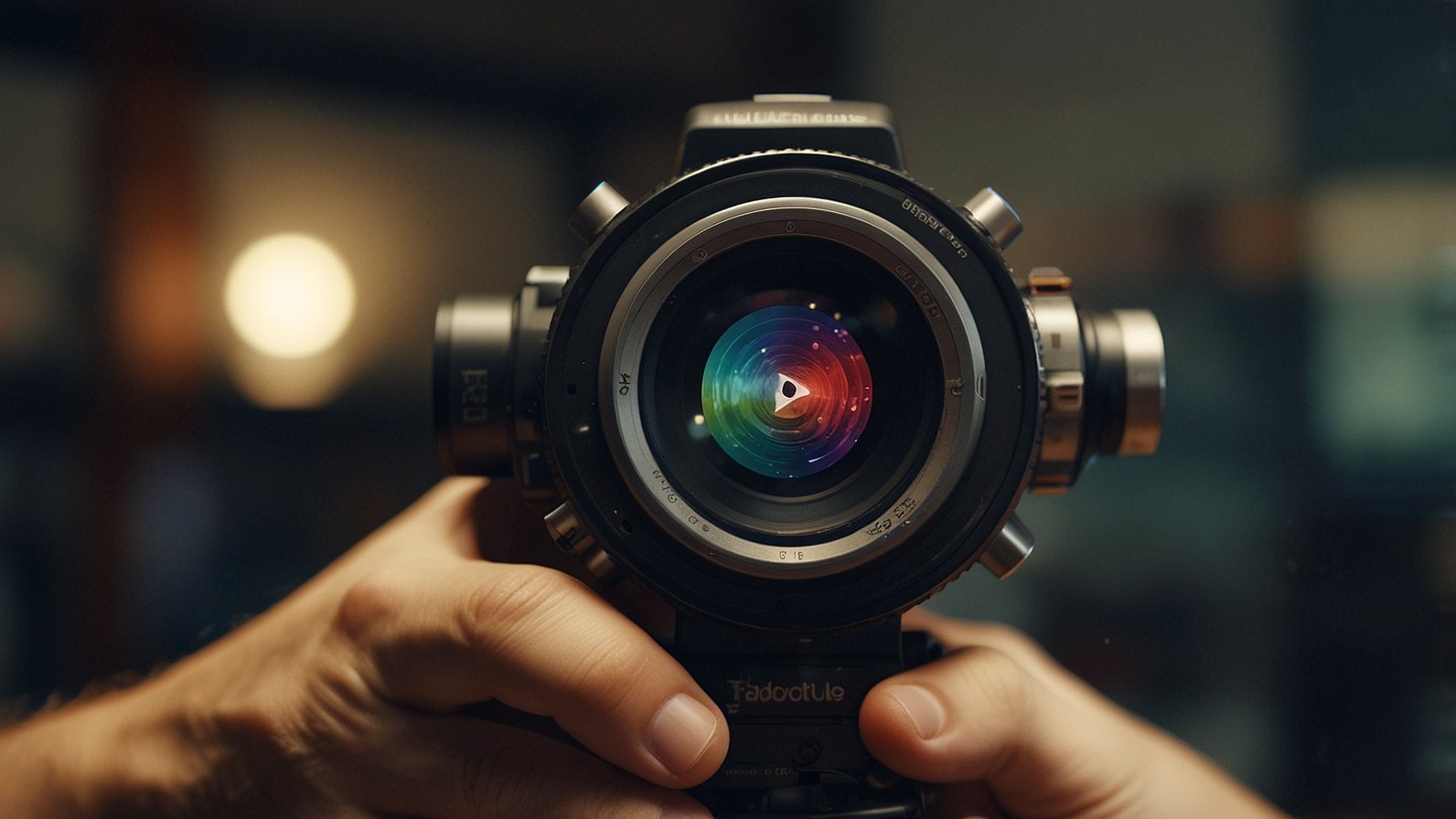Imagine a digital town square where everyone wears a mask. Conversations flow freely, ideas are judged purely on their merit, and the focus isn’t on who you are, but what you post. This is the core promise of anonibs, the foundational model for anonymous imageboards that has powered some of the internet’s most vibrant, controversial, and creative communities.
At its heart, anonibs is more than just a platform for memes and chaos. It’s a technical and community blueprint designed for privacy-centered, image-led discussion. When understood and responsibly moderated, it becomes a legitimate and powerful tool for free expression and genuine community building. Let’s pull back the curtain on how this unique digital ecosystem truly operates.
What Exactly is the Anonibs Model?
Think of anonibs not as a single website, but as a recipe. It’s a specific format for online interaction that prioritizes two things: anonymity and visual communication.
The classic example is 4chan, perhaps the most famous implementation of this model. On a typical social media site, your identity—your profile, your history, your real name—is your passport. On an anonibs-style board, everyone is “Anonymous.” This levels the playing field instantly. A new user has the same voice as a decade-old veteran. The content, therefore, becomes the absolute star of the show.
This structure creates a unique culture. Because there are no personal followers or “likes” to accumulate, the incentive to post is purely about contributing to the ongoing conversation, sharing something interesting, or provoking a reaction. It’s a raw, unfiltered look at collective thought.
The Core Mechanics: How Anonibs Boards Function
To understand its power, you need to see how the gears turn. The anonibs format is beautifully simple, which is a big part of its enduring success.
- Threaded Conversations: It all starts with a thread. One user posts an image and a comment, creating a new topic.
- The Ephemeral Nature: Threads don’t last forever. Unless they are actively being commented on, they “bump” to the top of the board and eventually expire and disappear. This creates a fast-moving, “in-the-moment” feeling.
- The Centrality of the Image: As an image-led format, the picture is the primary catalyst for discussion. A powerful, funny, or shocking image can spawn thousands of replies and become a cultural touchstone (think of the iconic “Doge” meme or “This is Fine” dog).
- The “Anonymous” Identity: This is the most crucial feature. By default, every post is attributed to “Anonymous.” This pseudonymity is the engine of both the creative freedom and the notorious behavior found on these boards.
Here’s a quick comparison of how this model differs from traditional social media:
| Feature | Traditional Social Media | Anonibs-Style Imageboard |
|---|---|---|
| Identity | Real-name profiles, follower counts | “Anonymous” by default |
| Content Focus | Personal life, curated image | Topic-driven, image-led discussion |
| Incentive | Likes, shares, social validation | Bumps, replies, thread activity |
| Permanence | Archives most content | Ephemeral, thread-based |
Beyond the Chaos: The Legitimate Uses of Anonibs
While media often focuses on the negative, the anonibs model has fostered incredible positive outcomes. When the community self-polices or responsible moderation is in place, it becomes a powerful tool.
1. Unfiltered Creative Collaboration:
The anonymous nature allows ideas to flourish without ego. Artists post their sketches for brutal, honest critique. Writers collaborate on stories. The infamous /co/ board (Comics & Cartoons) on 4chan, for instance, has been a breeding ground for original character designs and collaborative world-building projects that later evolved into published webcomics.
2. Niche Community Building:
Have an obsession with 18th-century pottery or a specific indie video game? There’s probably an imageboard for that. The model allows hyper-specific communities to form and thrive without the pressure of building a public-facing profile. The now-defunct “MemeFactory” on 4chan’s /b/ board was a real-time laboratory where users collaboratively designed and iterated on memes, with the best concepts spreading to the wider internet.
3. Whistleblowing and Sensitive Discussions:
For individuals in oppressive regimes or corporate environments, the privacy-centric nature of anonibs platforms can be a vital outlet. It provides a space to share sensitive information or discuss taboo topics without fear of personal reprisal. The model’s architecture itself is a form of protection.
The Other Side of the Coin: Challenges and Moderation
We can’t discuss this model honestly without addressing its well-documented challenges. The very features that enable creativity—anonymity and ephemerality—also lower the barrier for harmful behavior.
Trolls, cyberbullying, and the spread of illegal content are serious problems that have emerged from unmoderated corners of these platforms. The key differentiator between a toxic swamp and a vibrant community almost always boils down to one thing: active and responsible moderation.
Successful implementations of the anonibs model often use a combination of tactics:
- Volunteer Janitors: Users who volunteer to clean up spam and illegal content.
- Automated Filters: Tools that automatically flag or remove posts containing specific keywords or hashes of known illegal images.
- Community Guidelines: Clear, enforced rules that set boundaries for acceptable behavior.
- Board-Specific Culture: Larger sites often isolate the most chaotic content to specific boards (like /b/), allowing other boards for hobbies, politics, or art to develop their own, more mature cultures.
The Future of the Anonibs Model
The core principles of anonibs—privacy, user equality, and image-driven discussion—are more relevant than ever. We see its influence everywhere.
Newer, more niche platforms have adopted the model while learning from the mistakes of the past. Sites like 8kun and various “lite” alternatives often promise a return to the raw, anonymous web but with better technical infrastructure and moderation tools.
Furthermore, the ethos of pseudonymous community building is evident in platforms like Discord, where users often operate with screen names rather than real identities, and in the crypto and NFT art spaces, where anonymous or pseudonymous artists like “Pak” have achieved massive success.
Your Takeaway: A Tool is What You Make It
The anonibs format is a piece of digital architecture. It’s neutral. Like any powerful tool, its impact depends entirely on how we use it.
- For Users: Understand that anonymity is a privilege that requires responsibility. Seek out communities with clear moderation and a positive culture.
- For Developers: The model proves there’s a massive appetite for online interaction that isn’t based on personal branding. The future lies in building spaces that harness this energy while protecting users from harm.
- For Everyone: Look past the stereotype. These boards are digital campfires where raw human collaboration and creativity can, and often do, happen.
The next time you see a meme born from the depths of an anonymous board, remember the unique ecosystem that made it possible. It’s a world where the idea is the only identity that matters.
What’s your perspective on anonymous online spaces? Do you think the benefits of unfiltered creativity outweigh the potential for harm?
You May Also Read: What is Fesbuka? The Playful Side of Social Media
FAQs
Is using an anonibs-style board illegal?
No, using the platform itself is not illegal. The model is a tool, much like a forum or social network. However, illegal activities, such as sharing copyrighted material or making threats, are still illegal regardless of the platform.
How can I stay safe on an anonymous imageboard?
Use a VPN for an added layer of privacy, do not share any personal information, and be cautious about clicking links or downloading files. Stick to boards with a reputation for better moderation.
Why is there so much offensive content on some of these boards?
The combination of total anonymity and a lack of strong moderation can lead to a phenomenon called the “Online Disinhibition Effect,” where people feel freed from social consequences. This can result in both positive creativity and negative, offensive behavior.
Can these boards be effectively moderated?
Yes, but it’s challenging. It requires a combination of automated tools, active human moderators (often volunteers), and a clear set of community rules that are consistently enforced. Many smaller, niche imageboards are well-moderated and have healthy communities.
What’s the difference between 4chan and anonibs?
4chan is a specific website that uses the anonibs model. “Anonibs” refers to the underlying technical and community format that 4chan and other similar imageboards are built upon.
Are there any positive communities that use this model?
Absolutely. Many boards dedicated to specific hobbies like anime, music, literature, and art are thriving, positive spaces where users share knowledge and collaborate on projects without the drama of identity.
How does the ephemeral nature of threads affect the culture?
It creates a “digital campfire” atmosphere. Conversations are live and in-the-moment. This encourages immediate participation but also means that valuable content can be lost, leading to inside jokes and a culture where being “in the know” is part of the community identity.










